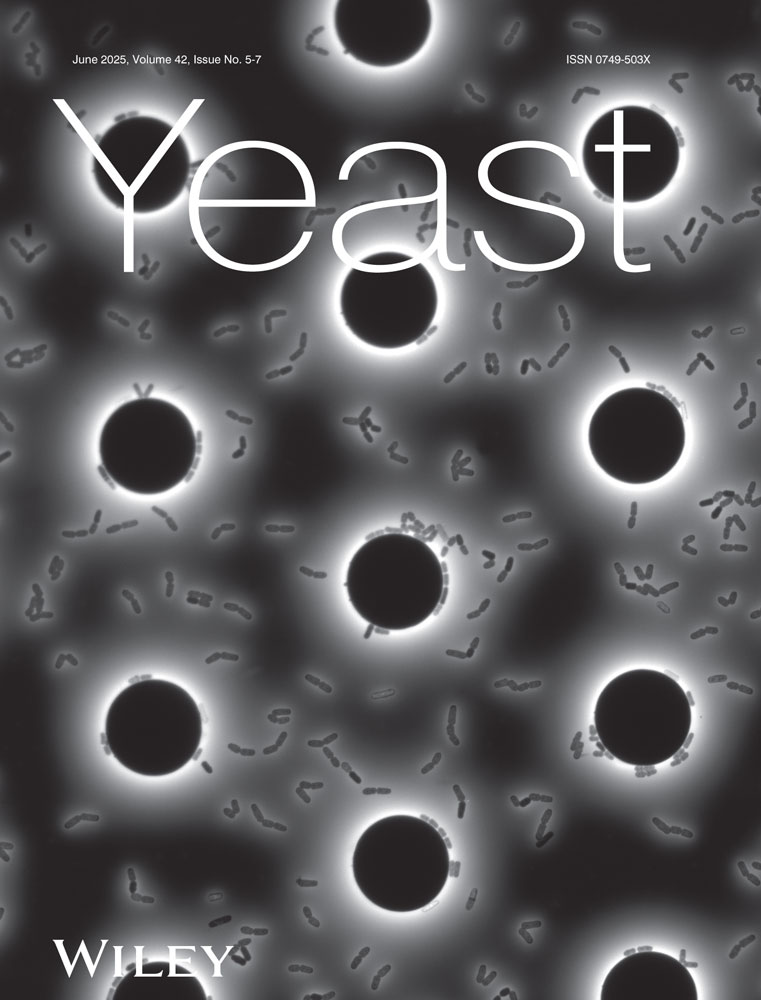A mathematical model for yeast respiro-fermentative physiology
Abstract
A mechanistic model is presented that describes the respiro-fermentative physiology of yeast. The model assumes the presence of multiple types of glucose carriers and multiple assimilation pathways. Respiro-fermentative physiology is explained by the mechanistic response of the different types of carriers and assimilation pathways on the substrate concentration. At low substrate concentrations, glucose is taken up mainly via a high affinity carrier with a low maximum uptake rate. At high substrate concentrations, this carrier becomes saturated and the main pathway for glucose uptake is via a low affinity carrier with a high maximum uptake rate. The price to pay for the high uptake rate is a lowered assimilation efficiency, resulting in a low biomass yield. Product formation occurs via the pathway with the high uptake rate. The model explains the link between substrate concentration and product formation generally observed in the literature on yeast and bacteria. Model parameter values are estimated by fitting data from the literature. The model distinguishes itself from other models in that it does not rely on the presence of switches, such as the ‘critical dilution rate’, or on the assumption that the respiratory capacity reaches its maximum during respiro-fermentative metabolism. The present theory is not designed exclusively for the phenomenon of respiro-fermentative physiology: it describes the degradation of substances by heterotrophic micro-organisms in general. Copyright © 2000 John Wiley & Sons, Ltd.




